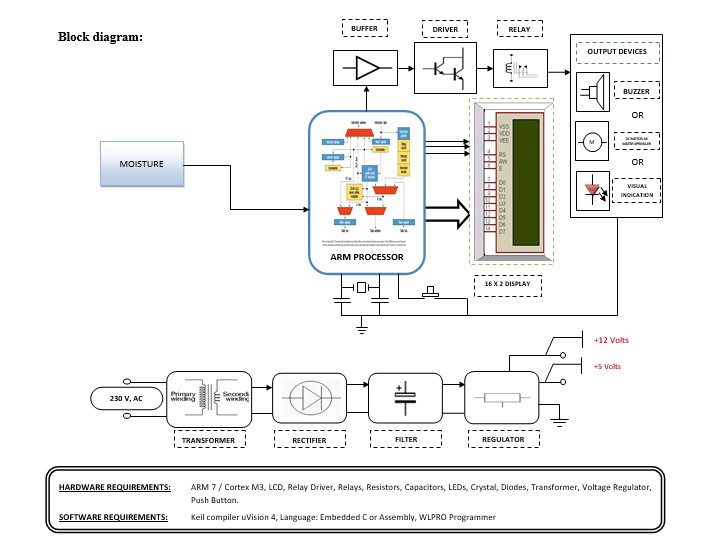Table of Contents
Introduction:

After the research in the agricultural field, researchers found that the yield of agriculture goes on decreasing day by day. The use of technology in the field of agriculture plays an important role in increasing productivity as well as in reducing the extra manpower efforts, water requirements, and fertilizer requirements. Some of the researchers tried for the betterment of farmers and provides systems that use technologies that help increase the agricultural yield. Some of such research carried out in the field of agriculture are
summarized below.
In Turkey, 75% of the current freshwater is consumed in agricultural irrigation. Therefore, efficient water management plays an important role in irrigated agricultural cropping systems. To produce more crops per drop, growers in (semi) arid regions are currently exploring irrigation techniques in the range of using less fresh water. One of them is making agriculture in a manner of sense, which uses different types of sensors. A site-specific wireless sensor-based irrigation control system is a potential solution to optimize yields and maximize water use efficiency for fields with variations in water availability due to different soil characteristics or crop water needs and site-specific controlling irrigation valves.

Block diagram explanation :
Power supply unit:
This section needs two voltages viz., +12 V & +5 V, as working voltages. Hence specially designed power supply is constructed to get regulated power supplies.
ARM processor:
ARM is a computer processor-based RISC architecture. A RISC-based computer design approach means ARM processors require significantly fewer transistors than typical processors in average computers. This approach reduces costs, heat, and power use. The low power consumption of ARM processors has made them very popular:
The ARM architecture (32-bit) is the most widely used in mobile devices, and the most popular 32-bit one in embedded systems.
ARM processor features include:
- Load/store architecture.
- An orthogonal instruction set.
- Mostly single-cycle execution.
- A 16×32-bit register
- Enhanced power-saving design.
Buffers:
Buffers do not affect the logical state of a digital signal (i.e. a logic 1 input results in a logic 1 output whereas logic 0 input results in a logic 0 output). Buffers are normally used to provide extra current drive at the output but can also be used to regularize the logic present at an interface.
Drivers:
This section is used to drive the relay where the output is the complement of input which is applied to the drive but the current will be amplified.
Relays:
It is an electromagnetic device that is used to drive the load connected across the relay and the o/p of the relay can be connected to the controller or load for further processing.
Indicator:
This stage provides a visual indication of which relay is actuated and deactivated, by glowing respective LED or Buzzer.
Methodology:
This project is mainly designed to solve the problems of the farmers. This consists of ARM, LCD (Liquid Crystal Display), Moisture r sensor, relay, and motor. In the Soil’s moisture content will very less or more the moisture sensor will sense and fed to the ARM Controller in ARM Controller checks for the predefined value then it generates the output that is fed to buffer IC 4050, buffer stores and given to the driver IC 2003 in driver current will amplify and voltage will invert with the help of Darlington pair circuit of driver IC to drive the relay. Then the signal is given to the output load to turn ON the motor or to turn OFF the motor.
Advantages:
- Production is increased because there are no dry periods in the root zone during the warmer peak growth times.
- And also water use and environmental damage are minimized
- Through our gadget Intelligent Irrigation encourages peak growing conditions by holding the balance of soil moisture, nutrients, and air constant at optimum growing conditions, despite variations in plant usage and conditions such as wind and temperature.
Disadvantages:
Failure of sensor cause problem.
Applications:
- It can be used in fields, gardens, and greenhouse models.
- Farmers.
- Gardeners




